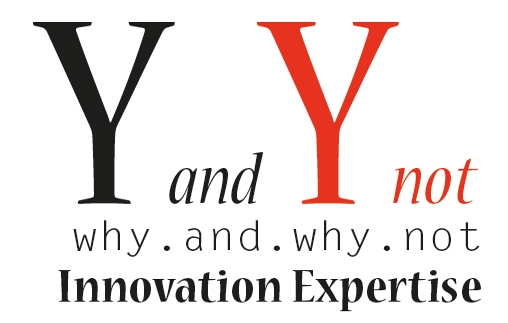Architects love large areas of glass that bring to the building this clean aspect, and throw their tenants in the midlle of nature. The natural light enters the office space. In the example below, the whole facade is glazed. From top to bottom, from slab to slab. There can’t more natural light inside the building. Thousands of square meters of glass face the sun.
Why?
But why are most of these new office buildings turning into an oven?
It is just that light is energy. This is not new of course. But when lux are converted into kilowatts, a facade can easily bring inside the offices a total energy higher than a megawatt!
In the wintertime, it is nice to recuperate this free heat from the sun, while having a lot of natural light in the offices. But in summer the same facade should be much less transparent to reduce altogether the light level and the overheating effect.
To answer to this dilemna some architects have chosen a reflective glass that is nothing but a compromise: In winter, articial lights and heating means must be used most of the time and in summer it is still too hot inside, and a powerfull AC is needed.
Yes, compromise is compromise….
Why not?
Why not then, design a facade whose transparency could be changed upon request of the building manager?
Utopia?
No: such solutions already exist. They are called dynamic facades. And the key device is a heavy-duty venetian blinds placed between two facade glazings.
This is why a new range of heavy-duty smart internal Venetian blinds has been developed for dynamic facades whose solar factor can be instantly adjusted from 5% to 55% depending on the building needs and the weather conditions.
Such facades, commonly used in France, include a triple pane glazing, the smart blinds being placed between panes 1 and 2 inside the “breathing” area that is connected to the outdoor ambiance.
In the case below, a motorisation has been developed thanks to a specific partnership, set-up for the occasion between Franciaflex and Vestamatic, a german leader in building electronics, based close to Dusseldorf.
The invention
The motors are self-controlled: they have their own electronic PCB that handles their physical address, the digital counting, their current and limit positions, etc… but they can also communicate via a SMI (Standard Motor Interface) bus that is connected to the building network, itself connected to a building monitor. SMI motors are certified by SMI Group, a European organisation that has already homologated a large number of compatible products of all brands.
The blind hardware has also been redesigned in order to withstand extreme heat conditions in between the panes and they are capable of more than 10 000 cycles in such conditions.
Thanks to this range of innovative products the light and the heat transmissions of the façade can be perfectly adjusted, and the aspect of all the blinds stays exactly the same thanks to the unique slat-angle digital monitoring.
This illustration is an example of smart-blind applications. Many similar office-building facades have been treated with these smart blinds, driven by their SMI motorisations.
The photos, above, and below, show the Sud-Ouest Newspaper headquarters in Bordeaux, France
Technical Data
Product Brand: Franciaflex
Product Name: VIVRe®
Motor type: SMI 35
Voltage: 24V DC
Quantity: 800
Width: 1250 mm
Height: 3500 mm
Slats: 25 mm
Project Manager: Coveris
Facade System: Meccano® by Wicona
VIVRE is a registered trade mark of FRANCIAFLEX
SMI motorized blinds




You must be logged in to post a comment.